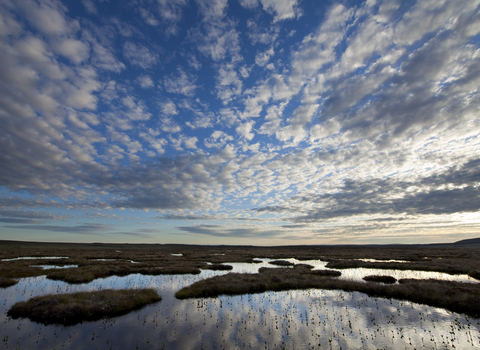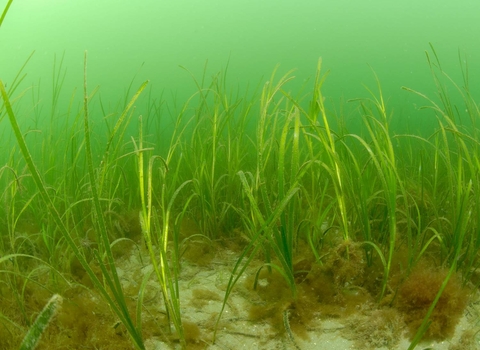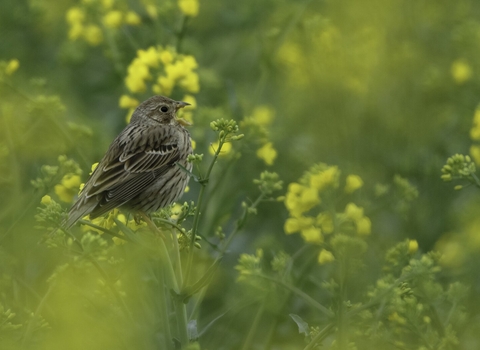This is the last chance to put those policies in place before the UK hosts the UN Climate Conference (COP26) in November. There, it will preside over discussions aiming to achieve a huge uplift in action globally, to avoid the catastrophic impacts that are otherwise predicted to occur.
Net Zero needs Nature. Nature needs Net Zero. Both Need Adaptation. It’s as simple as that. The only kind of Net Zero Strategy that will be successful is one that integrates all three goals. Achieving Net Zero requires making the most of the natural carbon sequestration that can be harnessed from peatlands, woodlands, saltmarsh and other natural carbon stores. At the same time, these stores are at high risk of degradation and carbon loss from the more extreme climatic conditions that are already inevitable over the next 30 years; this is where adaptation comes in.
If global Net Zero fails however, adaptation alone cannot prevent an increase in damages, and the degradation of habitats and loss of carbon from extreme events like wildfire in a 2°C+ world will shift from dangerous to catastrophic even with the very high levels of adaptation that will still be required to at least reduce the impact. In this world, which we are currently heading to globally, there will be vastly increased carbon emissions from land-based sources and even more climate change. We are running out of time to turn this picture around.
Here are my top five nature-based policies that would help to make the Net Zero Strategy a success, bringing it together with Nature and Adaptation and painting a new, much brighter picture.
1. Peat
The UK’s peatlands are our largest natural carbon store by far; they store an estimated 11,000 MtCO2e, an order of magnitude more than that stored in trees. That carbon needs to stay locked up, and much more added on top. But that is not happening; the majority of UK peat is degraded due to intensive arable agriculture on lowland peat soils, and drainage on upland peat as well as burning for grouse shooting. Overall, our peatlands are emitting carbon.
Dry, drained peatlands – much of which are on designated sites but still degraded - are also highly vulnerable to losing more carbon from wildfires. Climate change will add yet another threat from hotter drier conditions, leading to loss of further degraded peat; up to two-thirds by 2050. Peat accumulates at roughly 1 mm per year, so once it is gone, it is effectively irreplaceable. Policy pledges to restore peat have been frequent over the years, but far too small. The latest Peat Action Plan for England aims to only protect around 8% of upland peat. The Government needs to think much bigger.
We need to see: a target of 100% upland peat restoration before 2050; a complete ban on rotational burning now; cessation of arable/horticultural farming on deep peat and replacing this with vertical farming and paludiculture (wet farming); a wholesale ban on the use of peat in all horticulture and compost products, including imports.




